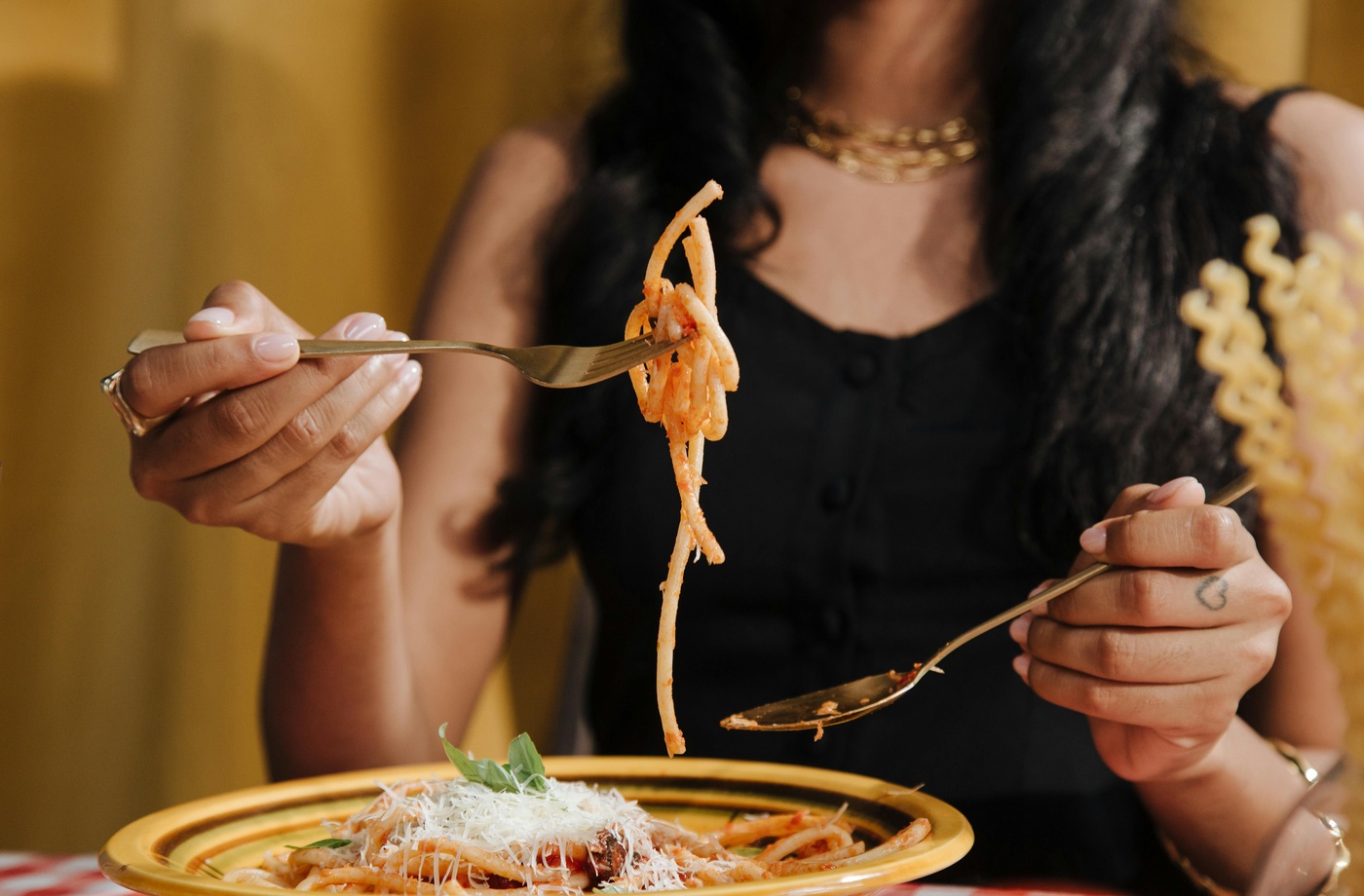Once defined by red-checkered tablecloths, family-style platters, and heaping portions of spaghetti and meatballs, Italian-American dining has evolved into something far more nuanced—without losing its soul. Over the last century, this culinary tradition has shifted from humble immigrant kitchens to modern fine dining, where the same classic flavors are now interpreted with technique, restraint, and storytelling.
Here’s how Italian-American cuisine has grown, adapted, and reclaimed its place at the top of the dining scene.
Humble Beginnings: Food of Necessity and Adaptation
Italian immigrants arriving in the U.S. in the late 19th and early 20th centuries brought their culinary traditions with them—but quickly had to adapt. Many ingredients from Southern Italy (where most immigrants came from) weren’t readily available, so substitutions were made. Tomatoes, olive oil, and pork products remained core staples, but dishes became richer and more meat-heavy to reflect the American palate and new economic opportunity.
According to Frankie Bones, dishes like spaghetti and meatballs, chicken Parmesan, and baked ziti evolved in America—not Italy. These weren’t betrayals of tradition; they were evolutions born from resilience.
The Red Sauce Era
By the mid-20th century, Italian-American food had become synonymous with comfort, affordability, and family. Small mom-and-pop trattorias dotted cities like New York, Chicago, and Philadelphia. They served garlic bread, marinara-drenched pastas, and hearty secondi dishes like veal scallopini. These spots were unpretentious and consistent—and their menus rarely changed.
The “red sauce joint” became an American institution, with places like Rao’s in East Harlem and Dominick’s in the Bronx earning cult status.
Modern Reinterpretations: Less Sauce, More Story
Today, a new generation of chefs—many of them Italian-American—are revisiting these classic dishes and refining them for contemporary tastes. They’re using imported ingredients, handmade pasta, and seasonal produce. The goal is not just nostalgia, but elevation.
Restaurants like:
- Carbone (NYC, Miami, Las Vegas): A polished throwback that celebrates red-sauce excess with dry-aged meatballs and tuxedoed servers.
- Lilia (Brooklyn): Chef Missy Robbins brings precision and finesse to traditional dishes like rigatoni diavola and cacio e pepe.
- Monteverde (Chicago): Sarah Grueneberg’s Italian-inspired menu includes nonna-style pastas reimagined with global influences.
These establishments still honor their roots, but they’re also redefining Italian-American dining for a new generation of food lovers.
The Influence of Media and Cultural Shifts
Food media has played a major role in this transformation. Shows like Stanley Tucci: Searching for Italy and culinary deep dives from outlets like Eater have helped demystify Italian food beyond pizza and pasta. There’s now growing appreciation for regional specificity, like Roman carbonara, Neapolitan ragù, and Sicilian street food.
Meanwhile, diners have become more curious, willing to explore beyond marinara and mozzarella. They seek out texture, terroir, and tradition—and chefs are rising to meet them.
From Working-Class to White Tablecloth
What once started as a humble cuisine of immigrants has become a serious culinary category. Italian-American food is no longer relegated to neighborhood joints or Sunday takeout. It now appears on tasting menus, in design-forward spaces, and in conversations about authenticity and innovation.
Still, the best versions of this food—whether $12 or $120—are united by warmth, generosity, and a desire to feed people well.
Final Bite
Italian-American dining has never stood still. From its beginnings in crowded urban tenements to its current place in the national spotlight, it has always reflected the American story: one of adaptation, aspiration, and deep cultural pride. Whether you’re slurping spaghetti at a family-run spot or savoring saffron agnolotti in a Michelin-starred dining room, you’re tasting more than just pasta—you’re tasting history.



